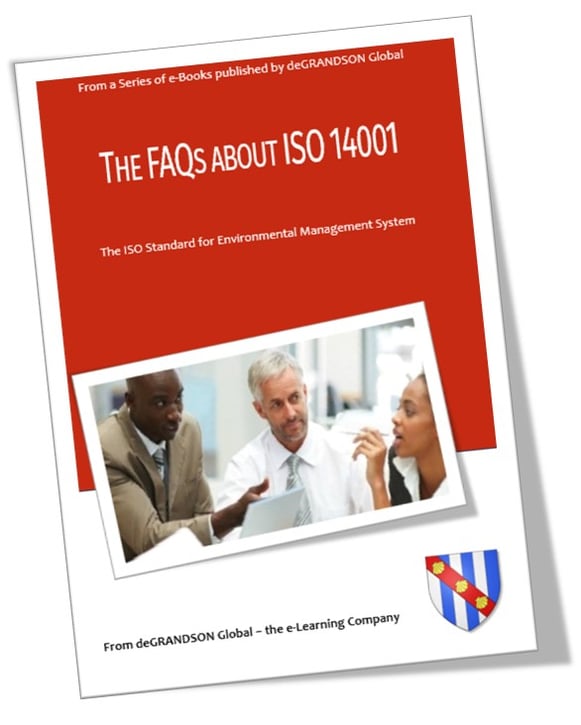
We've gathered all the commonly asked questions about ISO 14001 Certification together with expert answers. Download the free ISO 14001 Certification eBook for more information.
Table of Contents:
- What is ISO 14001?
- What is ISO?
- What is the purpose of ISO 14001?
- What is ISO 14001 Certification?
- Do You Need ISO 14001 Certification?
- Who Issues ISO 14001 Certification?
- How to Get an ISO 14001 Certificate?
- Who needs an Environmental Management System or EMS?
- What are the Benefits of Having a Formal Environmental Management System or EMS?
- What are the Environmental Aspects and Impacts about?
- Is an Emergency Evacuation Plan sufficient to meet Preparedness and Response requirements?
- Who needs ISO 14001 Certification?
- What are the benefits of ISO 14001 Certification?
- How much is the cost of ISO 14001 Certification?
- What is the latest ISO 14001 version?
- Who issues ISO 14001 Certificates?
- How to Choose a Certification Body?
- How to check the ISO 14001 Certification of an organization?
- Are £375 ISO 14001 Certificates That You Can Get Within 7 days Legitimate?
- Why is it Important to Get Certified by the Proper Certification Body?
- How to get ISO 14001 Certification?
- Can I get ISO 14001 Training Online?
- Do Management Representatives or others responsible for an Environmental Management System or EMS need training?
- Do Internal Auditors need training?
Click on the e-Book image to get your copy...
Got a Question we haven't answered?
We'd love to hear it and, if possible, answer it for you. Just use our Support Ticket System. You'll find a Knowledge Base there that might have an immediate answer for you. Otherwise, fill in a Ticket.
For more visit deGRANDSON Support Ticket.
See also our ISO 14001 training courses.
Related Courses
Related Articles
deGRANDSON Global is an ISO Certified Educational Organization
In October 2021 we secured certification to three education-related ISO Standards. We now have a university-grade management system in place conforming to the requirements of …
We have chosen ISO 21001 certification because, unlike IRCA and Exemplar badges (which in our opinion are commercially compromised), it is based on independent third-party assessment. It is a ‘university grade’ standard in use globally by schools, colleges, and universities to demonstrate their competence.
